New discoveries about Vitamin D’s role in maintaining health and preventing disease have made it a hot topic.
Vitamin D deficiency is also now routinely screened in many doctors' offices, and although Vitamin D awareness has increased, most people remain unaware of the symptoms of Vitamin D deficiency, which is common in people of all ages.
Fortunately, Vitamin D deficiency is typically easy to fix so long as you catch it and take proactive steps to replenish and maintain optimal levels.
In this article, you’ll learn all about the signs and symptoms of Vitamin D deficiency and how to address it using optimal nutrition, sun exposure, and the right forms of supplementation.
What is Vitamin D?
Vitamin D is an essential fat-soluble vitamin and a hormone precursor.
Also known as “the sunshine vitamin,” humans are meant to get most of their Vitamin D from sun exposure and some from Vitamin D-rich foods.
New research has shown Vitamin D is one of the most critical vitamins for maintaining nearly every healthy biological function, including but not limited to:
- Cardiovascular function, including blood pressure and cholesterol regulation
- Cognitive function, including learning, memory, and mental/emotional health
- Endocrine function, including hormonal balance, blood sugar regulation, stress response, and more
- Fetal development: This is why many experts, including the American Academy of Pediatrics, recommend Vitamin D supplementation during pregnancy and given directly to exclusively breastfed newborns for the first few days of life
- Gastrointestinal function, including gut microbiome health and overall digestive function
- Genetic expression: Research has shown Vitamin D may influence the expression of specific genes that may affect immune function and other biological functions
- Immune function, including benefits for the innate (what you’re born with) and adaptive (what you build throughout a lifetime) immune system
- Kidney function: Interestingly, the kidneys also play an essential role in transforming vitamin D from the sun into its active, absorbable form
- Musculoskeletal health, including bone health
- Nervous system function including central nervous system regulation, protection, and development
- Reproductive function in women and men and during pregnancy
- Skin health, including protecting against premature aging and sun damage
Although there are many essential vitamins, extensive research suggests Vitamin D may be one of the most critical for maintaining optimal whole-body health and preventing disease.
An Overview of What We Know About Vitamin D Deficiency
Until recently, Vitamin D deficiency was nearly exclusively associated with rickets, a rare bone-wasting disease, or, more recently, osteoporosis.
Vitamin D deficiency was considered rare and not routinely screened for.
However, a couple of decades ago, a handful of progressive scientists, doctors, and integrative practitioners started raising the alarm about Vitamin D deficiency and insufficiency (sub-optimal levels or trending towards deficiency).
They believed it had become pervasive in the population and may have been a causal factor in the rise in chronic disease.
Fortunately, Vitamin D levels are easy to test using a simple blood test, so researchers started tracking data.
What they found was that deficiency or sub-optimal levels were widespread, with up to 40% (or more) Americans and Europeans with deficient or insufficient levels and 50% deficiency worldwide.
Some studies suggest the number may be much higher in northern latitude locations, with up to 73% of the population being deficient during winter.
Research has also shown people are about 30% more likely to be deficient or insufficient in Vitamin D than populations were 30-50 years ago.
What’s Causing Widespread Vitamin D Deficiency?
Although individual factors like digestive health, kidney function, and certain medications can affect Vitamin D levels, the general consensus is most Vitamin D deficiency stems from a lack of sunshine.
This makes sense, given the average person spends about 90% of their time indoors.
This is a drastic change from generations past who spent most of their time outdoors.
In addition, fears about the sun’s role in skin cancer have caused people to use excessive sun protection outside.
Although this may be beneficial in some ways, unfortunately, these products block Vitamin D absorption in the skin.
This is why many experts now warn against constant sun protection outdoors in favor of safe sun exposure to optimize Vitamin D without harming the skin.
We’ll discuss safe sun exposure more in subsequent sections.
This, along with other factors, including age, race, location, the ability to absorb fat, and certain pre-existing conditions, are believed to be responsible for the widespread issue of Vitamin D deficiency.
What’s Considered a Deficiency of Vitamin D?
This topic is hotly debated, with some medical professionals recommending tighter margins for deficiency diagnosis.
However, most experts agree serum vitamin D levels of less than 20 ng/mL represent deficiency.
Others argue a higher minimum target level of 30 ng/mL of 25-hydroxyvitamin D in a healthy population is optimal.
Talk to your healthcare practitioner for individual recommendations based on your needs, symptoms, and health history.
15 Symptoms of Vitamin D Deficiency
Most people with Vitamin D deficiency or insufficiency are unaware of it until they see their test results.
Although lab tests are an excellent tracking tool, it’s also essential to know the signs and symptoms to prevent symptoms, misdiagnosis, or future problems.
The following are 15 potential symptoms of Vitamin D deficiency.
- Autoimmunity
- Cognitive health issues
- Depression, anxiety, or mood swings
- Weak bones
- Frequent colds or compromised immunity
- Fatigue
- Fertility issues
- Pregnancy issues
- Bone, joint, or muscle pain
- Pain or weakness
- Blood sugar or metabolic issues
- Cancers
- Nervous system issues
- Tingly sensations in hands and feet
- Slow wound healing
While these aren’t always a sign of a deficiency, Vitamin D may be a causal or contributing factor to these issues, and/or you may be at higher risk of Vitamin D deficiency if you have these health concerns.
Either way, talk to your healthcare practitioner if you notice any of these signs or symptoms.
How Much Vitamin D Do You Need?
This depends mainly on your current Vitamin D status, which can be measured by a simple blood test.
As a baseline, the National Institute of Health suggests the following:
|
Age |
Male |
Female |
Pregnancy |
Lactation |
|
0-12 months* |
10 mcg (400 IU) |
10 mcg (400 IU) |
|
|
|
1–13 years |
15 mcg (600 IU) |
15 mcg (600 IU) |
|
|
|
14–18 years |
15 mcg (600 IU) |
15 mcg (600 IU) |
15 mcg (600 IU) |
15 mcg (600 IU) |
|
19–50 years |
15 mcg (600 IU) |
15 mcg (600 IU) |
15 mcg (600 IU) |
15 mcg (600 IU) |
|
51–70 years |
15 mcg (600 IU) |
15 mcg (600 IU) |
|
|
|
>70 years |
20 mcg (800 IU) |
20 mcg (800 IU) |
|
|
It is worth noting that many doctors and healthcare practitioners feel these amounts are too low given out indoor lifestyles, so talk to your healthcare practitioner about the best amounts for you.
3 Ways to Increase Your Vitamin D Levels
Although symptoms are telling, the only way to be sure if you need to increase Vitamin D levels is through a blood test.
Fortunately, these are affordable and easy to order on your own or through your healthcare provider.
If you are deficient or insufficient, it’s time to take action!
Here are three ways to increase your vitamin D levels naturally.
1: Safe Sun Exposure
Due to widespread issues with Vitamin D deficiency and insufficiency, health experts now recommend regular unprotected sun exposure as the best form of Vitamin D.
So, how much sun is considered safe and beneficial?
That depends on many factors, including your geographical location (because less sun gets through the Northern Hemisphere, cloudy areas, and during the winter), skin color, time of day, and health history.
However, most sources recommend about 15 minutes of unprotected exposure between 10 and 3 PM three or more days a week.
If you have darker skin, you may benefit from 25-45 minutes, depending on the time of year.
Regardless, you should never let your skin burn.
Sun exposure has many benefits beyond Vitamin D, including improving mood and helping with the sleep cycle.
Talk to your healthcare practitioner about the best amount for you.
2: Eat Vitamin-D-Rich Foods
Vitamin D is an unusual nutrient because it’s not contained in many unfortified foods or beverages.
However, consuming foods with Vitamin D is recommended to help optimize levels and prevent deficiency.
Some examples of Vitamin D-rich foods include:
- Rainbow trout
- Salmon (wild-caught contains more Vitamin D)
- Herring
- Light tuna
- Sardines
- Organ meats
- Egg yolks
- Fortified dairy products
- Fortified soy milk
- Fortified orange juice
- Various mushrooms (especially when exposed to sunlight, which enhances their Vitamin D content)
- Fortified almond milk and other non-dairy beverages
3: Take Vitamin D3 Supplements + Healthy Fats
Vitamin D supplements are widely recommended to help restore and maintain optimal Vitamin D levels.
So, how should you choose? It depends on your lifestyle and health goals.
For example, research suggests Vitamin D3 is more effective at restoring Vitamin D levels than Vitamin D2.
- Vitamin D3 comes from animal foods and the sun. There are also vegan sources, such as lichen.
- Vitamin D2 comes from plant sources and is what’s most commonly used in fortified foods.
Some experts also recommend Vitamin D3 plus K2 based on evidence that Vitamin K helps Vitamin D shuttle calcium more efficiently to the bones, though more research is needed.
Finally, since Vitamin D is a fat-soluble vitamin, it is best absorbed when taken with a healthy fat such as coconut or MCT oil.
Bottom line: Regular sun exposure is your best natural and bioavailable Vitamin D source.
However, Vitamin D3 supplements are a popular option to help maintain and restore optimal Vitamin D levels, provided your levels are regularly checked to avoid taking too little.
Level Up Your Vitamin D Status with Country Life D3 Products
Country Life has been making and manufacturing Vitamin D supplements for decades.
Today, we have several forms and delivery systems to choose from in a base of medium chain triglycerides (MCTs), including:
- Vitamin D3, 1,000 IU
- Vitamin D3, 2,500 IU (from a sustainable non-fish liver source)
- Vitamin D3, 5,000 IU
- Vitamin D3, 10,000 IU
- Vitamin D3 Gummies
- Vegan D3 Softgels (from lichen)
- Vegan Vitamin D3 Spray (from lichen)
Hundreds of studies have shown restoring and maintaining Vitamin D levels is one of the best things you can do for your health today and tomorrow.
Vitamin D supplementation, along with safe sun exposure and healthy eating, is an affordable and efficient way to help ensure optimal levels.
Talk to your healthcare practitioner about the best form and dosage for you.
Sources mentioned in this article:
- “Vitamin D: An Evidence-Based Review”. The Journal of the American Board of Family Medicine.
- Cardiovascular benefits of vitamin D. Sheng Li Xue Bao. 2014 Feb 25;66(1):30-6. PMID: 24553867.
- “The implication of vitamin D and autoimmunity: a comprehensive review”. Clin Rev Allergy Immunol.
- “Influence of vitamin D status and vitamin D3 supplementation on genome wide expression of white blood cells: a randomized double-blind clinical trial”. PLoS One.
- “Vitamin D and reproductive disorders: A comprehensive review with a focus on endometriosis”. Reproductive Health.
- “Vitamin D and the central nervous system”. Pharmacol Rep.
- CDC.org, https://www.cdc.gov/breastfeeding-special-circumstances/hcp/diet-micronutrients/vitamin-d.html
- “Vitamin D deficiency 2.0: An update on the current status worldwide”. European Journal of Clinical Nutrition
- “Vitamin D deficiency in the US population”, 2001-2018. Front Nutr.
- “Cyclic changes of vitamin D and PTH are primarily regulated by solar radiation: 5-year analysis of a German (50 degrees N) population”. Horm Metab Res
- “Vitamin D Deficiency in Adults: When to Test and How to Treat”. Mayo Clinic Proceedings
- “Indoor Air Quality: What are the trends in indoor air quality and their effects on human health?” United State Environmental Protection Agency.
- “Vitamin D: An Evidence-Based Review”. The Journal of the American Board of Family Medicine.
- “Vitamin D Deficiency”. The Cleveland Clinic.
- “Vitamin D Deficiency”. Yale Medicine
- “Synergistic effect of vitamin D and low concentration of transforming growth factor beta 1, a potential role in dermal wound healing”. Burns.
- “Rôle de la vitamine D dans la physiopathologie des maladies neurodégénératives [Role of vitamin D in the physiopathology of neurodegenerative diseases]”. Biol Aujourdhui
- “The Role of Vitamin D in Brain Health: A Mini Literature Review”. Cureus.
- “Vitamin D”. Fact Sheet for Health Professionals. NIH Office of Dietary Supplements.
- “Sun Protection and Vitamin D”. The Skin Cancer Foundation.
- “Benefits of sunlight: a bright spot for human health”. Environ Health Perspect.
- “Food Sources of Vitamin D”. USDA Dietary Guidelines for Americans.
- “Photobiology of vitamin D in mushrooms and its bioavailability in humans”. Dermatoendocrinol.
- “Effects of High-Dose Vitamin D2 Versus D3 on Total and Free 25-Hydroxyvitamin D and Markers of Calcium Balance”. J Clin Endocrinol Metab.
- “The combination effect of vitamin K and vitamin D on human bone quality: a meta-analysis of randomized controlled trials”. Food Funct.
- “Evaluation of vehicle substances on vitamin D bioavailability: a systematic review”. Mol Nutr Food Res.


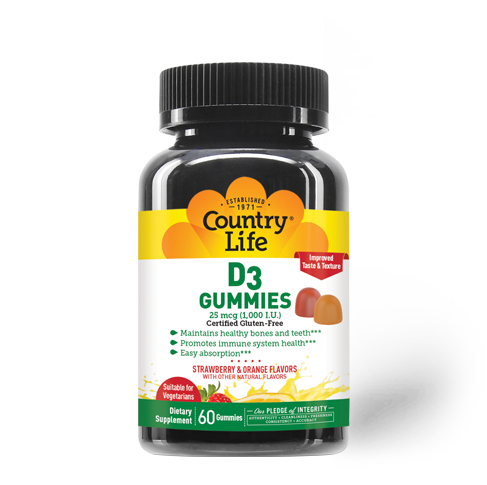
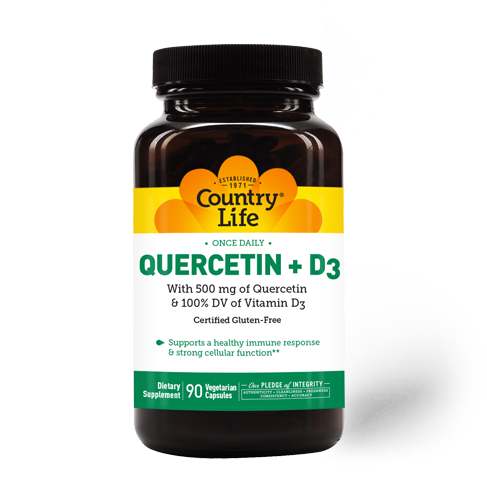
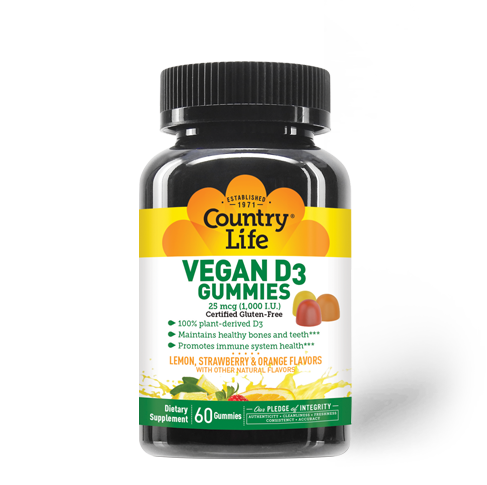
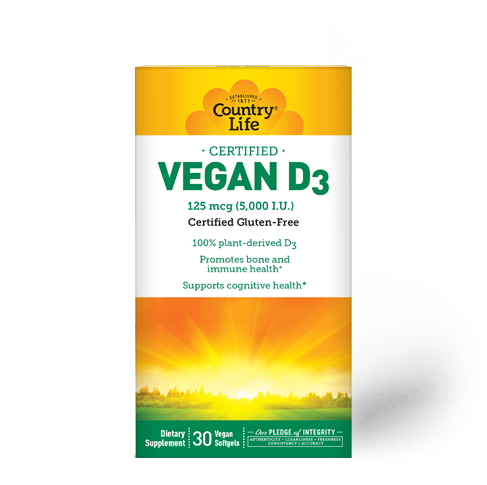

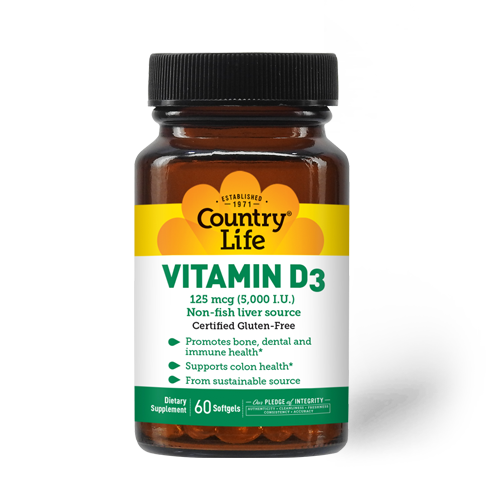
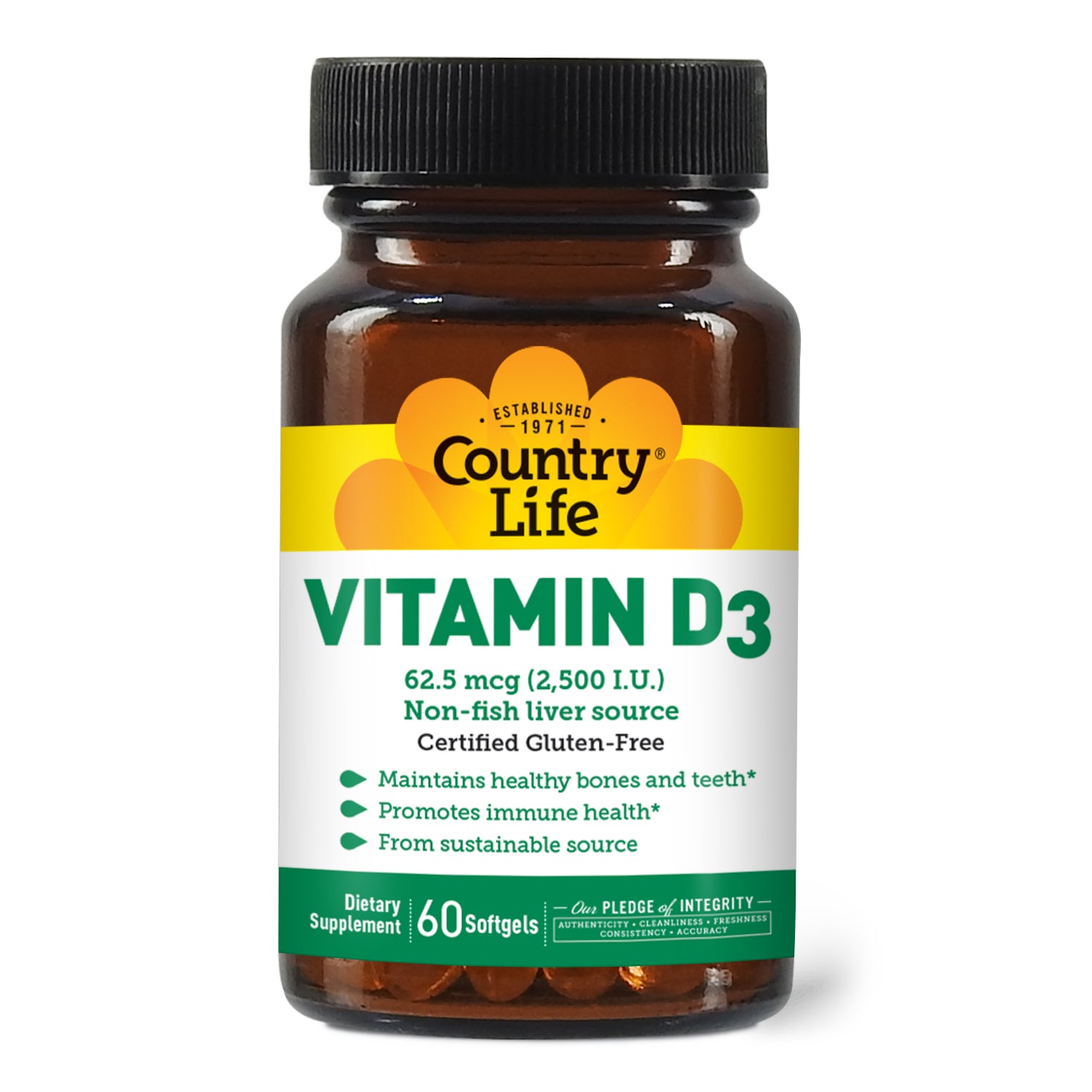
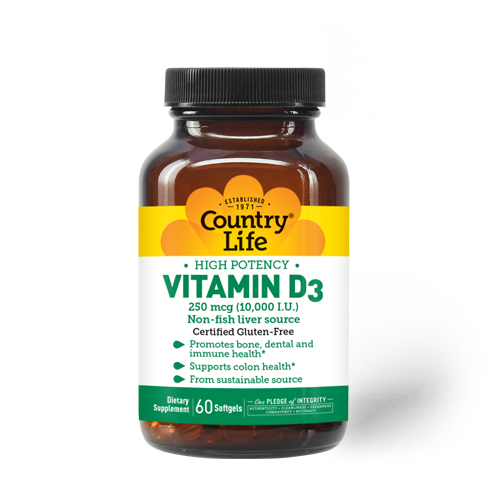
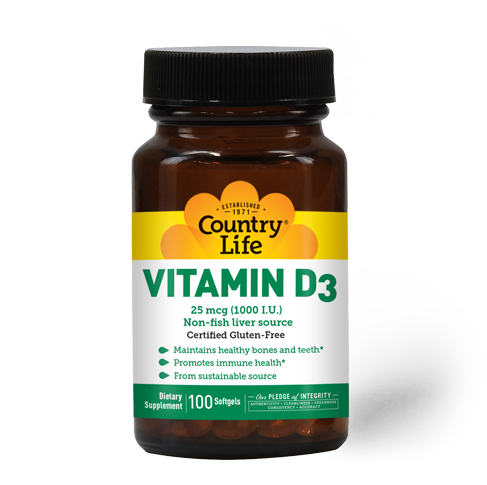











Share:
How Does L-Theanine Work for and Support Relaxation?
How to Take Amino Acids: Types of Supplements, When to Take Them, and More